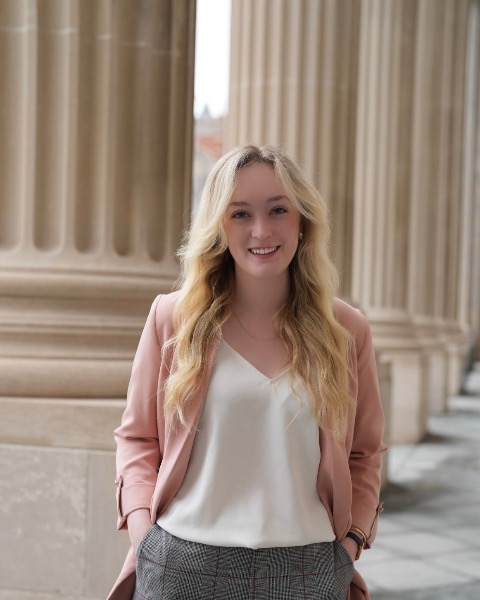Flash Presentation
Health Humanities
Session: Institutions and Law
Contextualizing Unconsented Human Remains
Friday, September 20, 2024
10:15 AM – 11:15 AM CT
Location: Midway 9 (First Floor)
Keywords: Informed Consent, Human Remains
Abstract: Inside the infamous “brain room” at Yale’s Medical Library, glowing specimens from the Cushing Brain Tumor Registry wrap around the walls, encapsulating the audience in the 40-year medical career of Dr. Harvey Cushing and hundreds of brains of his patients, collected before the term “informed consent” had truly emerged. The Cushing Center now faces a dilemma: should the brains continue to be displayed? Should they be identified? Medical museums around the world are facing similar challenges, questioning how to evaluate existing collections of human bodies with contemporary values in mind. This presentation will examine the ethical issues surrounding the use of unconsented bodies on exhibit and propose guidelines for bioethicists to contextualize these bodies, advocating for the acknowledgement of individuals’ identities, cultures, and histories beyond their pathologies. By applying standards traditionally used to aid medical decision making, like substituted judgment, bioethicists can extend expectations for the physician/patient relationship to the relationships between museum curators, visitors, and medical collections. To illustrate the importance of this connection, this presentation will draw on legal cases and historical examples to advocate for greater transparency and respect for the deceased, highlighting the role of community voices in guiding further discussions on the stewardship of human remains.
Learning Objectives:
After participating in this conference, attendees should be able to:
- Analyze how medical exhibits can move forward in pursuit of educating visitors while prioritizing ethical stewardship of human remains.
- Identify the responsibilities of museum curators in engaging with community members and respecting groups historically harmed by unconsented exhibition.

Amanda M. Buster (she/her/hers)
Student
Yale University
Desert Hills, Arizona
